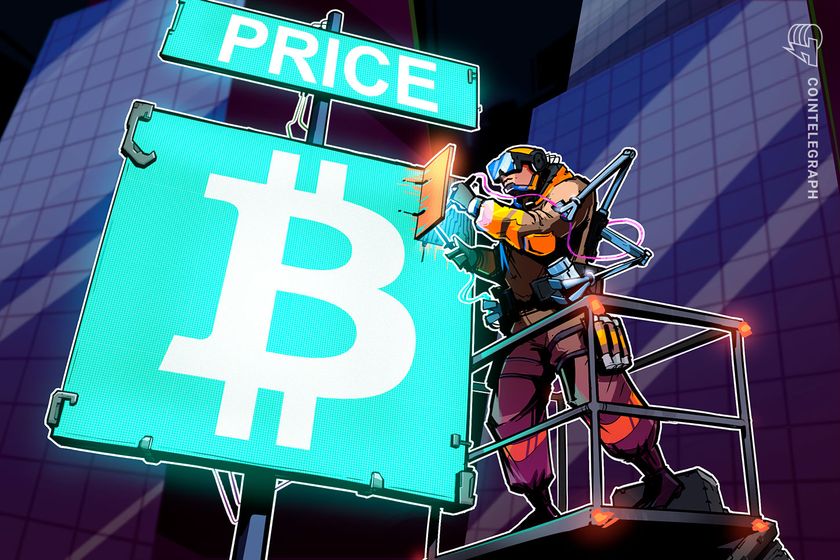
DOT could witness an increase in demand after Polkadot's launch of an intercommunication blockchain tool.
Polkadot (DOT) looks ready to extend its ongoing price recovery due to a classic bullish pattern forming on its daily chart.
DOT paints "cup and handle" pattern
Notably, DOT has been forming a "cup and handle" pattern since mid-June, confirmed by its price crashing and recovering in a rounding, U-shaped trajectory (cup), followed by the development of a trading range on the right-hand side (handle).

Cup and handle patterns are typically bullish continuation setups that form during an uptrend. But in rare cases, they appear at the end of a downtrend, leading to a bullish price reversal. As a result, DOT's possibility of continuing its price recovery seems high.
Thus, from the technical perspective, DOT initially eyes a breakout above its cup and handle's resistance line near $8.50.
A decisive close above the resistance line, i.e., a breakout move accompanied by a rise in volume, could have DOT eye approximately $12 as its upside target by September, up more than 50% from today's price.
Polkadot price breakdown setup
However, DOT's road to $12 risks exhaustion due to presence of key technical resistance levels midway.
For instance, the Polkadot token could run into its 100-day simple moving average (100-day SMA; the purple wave) near $9.50 only to pull back toward $8.50. This outlook takes cues from DOT's price retreat on July 31 from the same wave resistance (highlighted by a circle sign below).

Meanwhile, a breakdown below the cup's curvy support could invalidate the bullish cup and handle setup altogether.
As a result, DOT could risk an extended price correction toward $6.25, which has been serving as support since June 13 against multiple downturns. In other words, DOT could drop by nearly 20% from today's price at most by September.
Polkadot network metrics show stability
Along with the broader market, Polkadot experienced a sharp decline in its market capitalization mainly due to macroeconomic turbulences. As of Aug. 2, the project's net valuation was $7.92 billion versus its record high of $55.51 billion in November 2021.
In comparison, Polkadot's network metrics are healthier. For example, it saw 145,000 monthly users in Q2/2022 versus 149,000 monthly users in Q1/2022, according to Messari's quarterly DOT report in July.

Similarly, DOT transfers remained almost the same quarter over quarter, averaging 293 million per month in Q2 versus 288 million in Q1. Interestingly, the peak accounts and transfers' readings in November 2021 were due to inaugural parachain auctions.
Stable network activity underlines a consistently organic demand for DOT tokens. Nonetheless, it remains substantially down from all-time-highs, meaning Polkadot would need to do more to attract new projects for its parachain-enabled network.
XCM launch and grant
Nicholas Garcia, a researcher at Messari, says that Polkadot could gain more adoption with its Cross-Consensus Message Format (XCM). This recently-launched tool allows parachains to relay messages to one another.
Related: Polkadot's founder announces steps toward full decentralization with new governance model
"Developing new functionality and use cases will showcase the power of the network and may reignite user interest and activity," Garcia noted, adding:
"Polkadot must continue onboarding parachains and connecting them with XCM."
Web3 Foundation, which oversees grants on Polkadot, approved 415 projects in late July, ranging from development tooling and wallets to smart contracts and user interface development. The move ensures further potential demand for DOT.
The views and opinions expressed here are solely those of the author and do not necessarily reflect the views of Cointelegraph.com. Every investment and trading move involves risk, you should conduct your own research when making a decision.






























